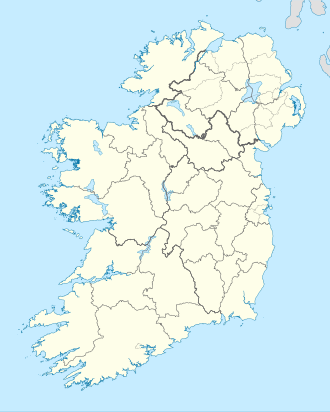Native name: Garmna | |
|---|---|
 Droim Quay at south end of Gorumna | |
| Geography | |
| Location | Atlantic Ocean |
| Coordinates | 53°15′N9°41′W / 53.25°N 9.68°W |
| Administration | |
Ireland | |
| Province | Connacht |
| County | Galway |
| Demographics | |
| Population | 1,044 (2022 [1] ) |

Gorumna (Irish : Garmna) is an island on the southwest coast of County Galway in Ireland.

